

Many things come with age: wisdom, experience, and unfortunately, wear and tear on our joints. There are over 100 types of arthritis, but the most common is osteoarthritis (OA) or “wear and tear” arthritis. OA affects over half of all people over the age of 65 and a third of all people between the ages of 50 and 65. It is most commonly found in the hips and knees. If you’ve been diagnosed with OA, know that you are not alone!
What Causes Osteoarthritis?
OA happens when the protective cartilage that cushions the ends of your bones in a joint starts to break down. This cartilage is a firm, smooth tissue that allows your joints to move easily and without friction. As the cartilage wears away over time, the bones in the joint can eventually rub directly against each other causing inflammation and pain within this joint. This wearing away of cartilage is why osteoarthritis is sometimes called “degenerative joint disease.”
Symptoms of Osteoarthritis
There are several physical signs that can let you know that you may have arthritis:
Risk Factors
Some factors may put you more at risk for developing OA:
Taking Steps to Slow and Prevent Arthritis
You can prevent and slow the progression of OA by staying active and eating a balanced diet. Both of these habits will help you maintain a healthy weight, decrease pressure on joints, and slow the wearing away of protective cartilage.If you think you may have osteoarthritis, it’s important to talk to your doctor before it gets worse. They can order tests, develop a personalized treatment plan, and recommend lifestyle changes, physical therapy, or medicine to help manage your symptoms.